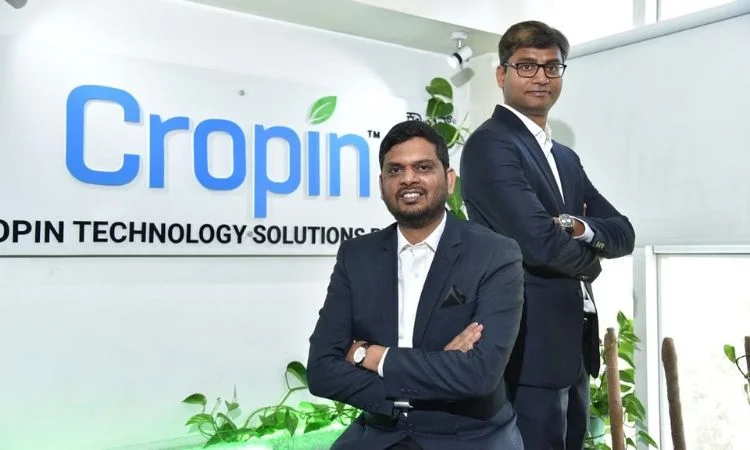Cropin launched ‘aksara’, a microlanguage model for climate-smart agriculture, which enables AI solutions for worldwide farmers. The approach, built for main crops in South Asia, intends to promote sustainable practices and energy efficiency while providing diverse linguistic support.

Cropin, a worldwide agtech firm, today announced the debut of ‘Aksara’, an open-source micro language model for climate smart agriculture that aims to address farmer problems in the global south and encourage sustainable practices. Cropin stated that the approach enables anyone in the agriculture ecosystem to develop cost-effective and scalable AI solutions for the sector.
It was based on Mistral’s seven billion parameter foundation model and fine-tuned using data from Cropin’s internal knowledge base for nine major crops – paddy, wheat, maize, sorghum, barley, cotton, sugarcane, soybean, and millets – grown in India, Pakistan, Bangladesh, Sri Lanka, and Nepal. It used over 5,000 agriculture-specific question-response pairs and over 160,000 context tokens.
Cropin has secured a total of $47 million in investment. Sujit Janardanan, Cropin’s chief customer and marketing officer, told ET that approximately 40% of the $34 million raised in the last two rounds has gone into enhancing intelligence and establishing assets for scalability.
The Bengaluru-based company’s backers include Google, Chiratae Ventures, the Bill & Melinda Gates Foundation, and Infosys cofounder Kris Gopalakrishnan’s family business Pratithi Investment Trust.
It was founded in 2010 and now has over 103 nations using its intelligent agriculture solutions.
The company’s business has been doubling year after year, according to founder and CEO Krishna Kumar, who did not disclose exact revenue figures. He noted that a micro model was chosen since it is less expensive and more energy efficient than large language models. The model is compressed from 16-bit to 4-bit, requiring minimal compute resources.
“The thinking behind it is how do we show the path to a greener world, where while we want to solve the problem with AI, we don’t create another problem of energy or carbon footprint,” Kumar went on to say.
The model can propose what should be done during seeding, proper nursery preparation techniques, water-saving practices, and so on.
The model will be refined over the next six months to accommodate a greater variety of languages, regions, and crops, even if the initial version is only available in English.
“Right now, it’s more for researchers, corporations, and developers to download and experiment with, release some models, embed them into their applications, and apply them to their agronomies and fields. Slowly, it will reach the hands of cultivators as we add voice and language capabilities to this program,” Kumar added.
According to the business, Aksara outperformed GPT-4 Turbo by nearly 40% on randomly selected test datasets, as judged by the Recall-Oriented Understudy for Gisting Evaluation (ROUGE) scoring system.















